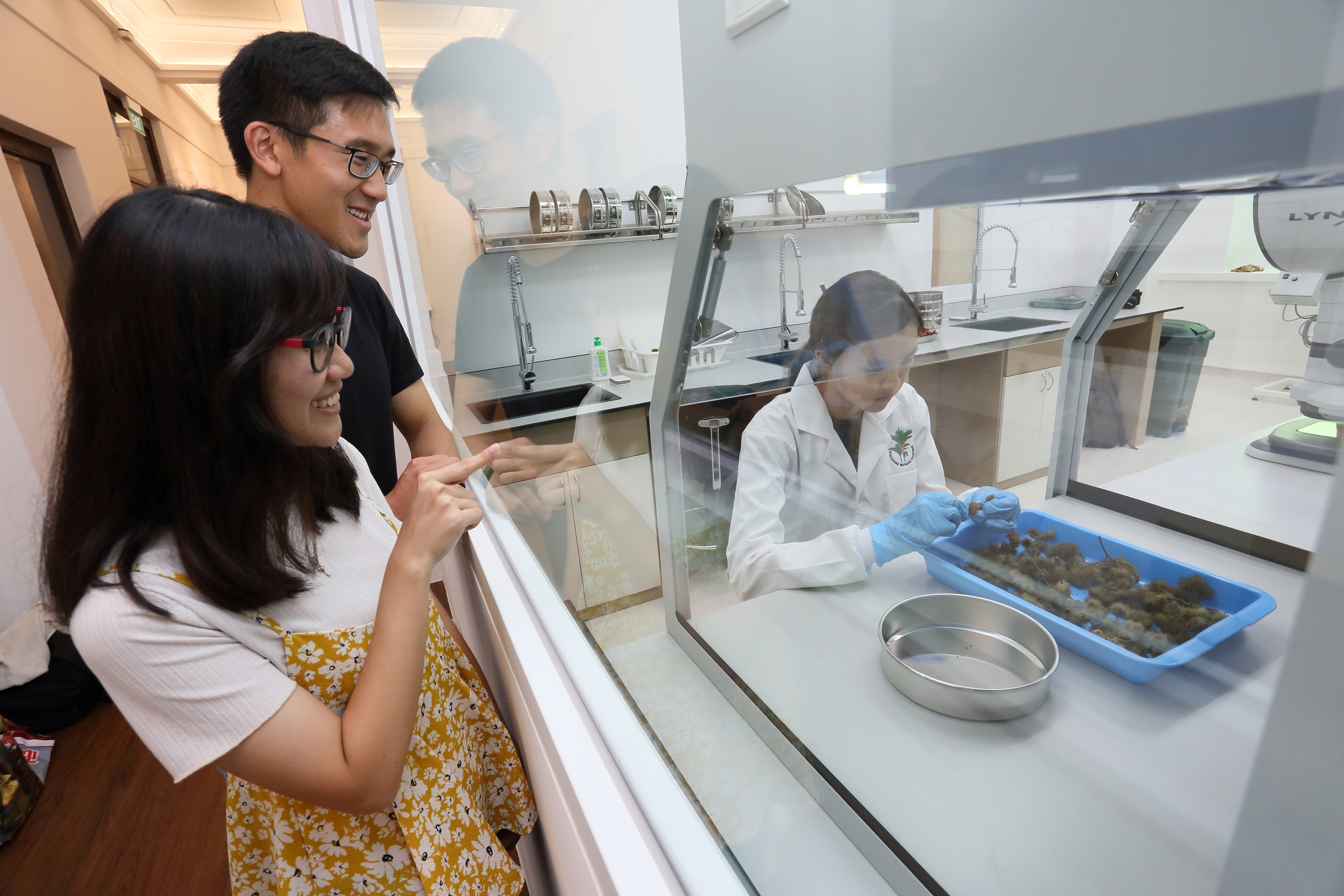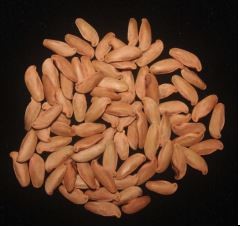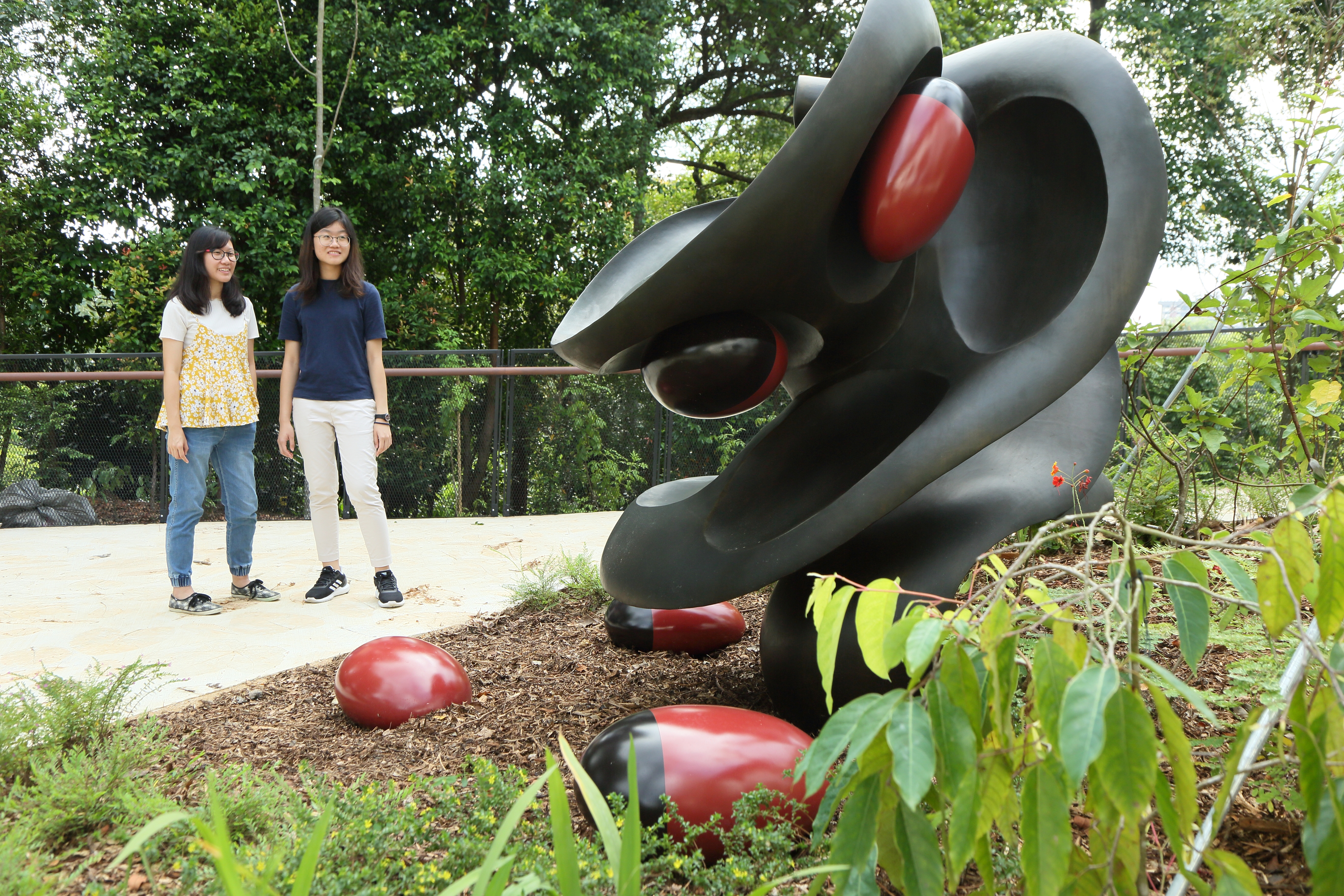
Official website links end with .gov.sg
Government agencies communicate via .gov.sg websites (e.g. go.gov.sg/open). Trusted websites

Secure websites use HTTPS
Look for a lock (
-
- Find a park or park connector
-
- Arts or heritage appreciation
- Barbecuing
- Birdwatching
- Camping
- Cycling or inline skating
- Dining
- Fishing
- Fitness studios
- Fun with children
- Fun with your dog
- Hiking
- Kite flying
- Mountain biking
- Nature walks or tours
- Photography
- Skateboarding
- Sandcastle building
- Shopping
- Staycation
- Therapeutic gardens and therapeutic horticulture programmes
- Water sports
- Wellness
- Festivities and promotions
- Events

.jpg?sfvrsn=ec8abc88_1)
.jpg?sfvrsn=11f1dd24_1)
.jpg?sfvrsn=86b741fc_1)

.jpg?sfvrsn=cf5e756d_1)


.jpg?sfvrsn=b67669b4_1)
-2.jpg?sfvrsn=a2ab030a_1)


